21 October/3 November: Saint Hilarion of the Kiev Caves
Today, the Church celebrates the memory of four saints by the name of Hilarion. (Linguists may correct me, but I think that the plural for Hilarion is Hilaria.) One of these saints is Hilarion of the Kiev Caves Monastery.
Saint Hilarion lived in the 11th century and was a close collaborator of Saint Theodosius, who in turn was a disciple of Saint Anthony of the Kiev Caves, one of the founders of monasticism in the Rus. It is said that Saint Hilarion shared a monastic cell with Saint Theodosius. While Theodosius quietly sang psalms and worked in his cell, Hilarion hand-copied religious texts for many hours each day and night. On the boards covering the caves where Hilarion is buried, there is an inscription saying that Hilarion strove to follow the lifestyle of Theodosius in praying day and night and in strict fasting. According to this inscription, Saint Hilarion ate once per week and only very little. In other words, the composer of the inscription defined strict fasting not as eating only salads, potatoes, and tofu, with shrimp on special occasions, but as eating nothing at all or very little. The specific foods that the saint ate when he did eat were of no apparent interest to the writer, although we may presume that the foods were simple and in accordance with the traditions of the monastery.
Saint Hilarion and Saint Theodosius reposed in the Lord in the same year, 1074.
An interesting detail from the life of Saint Theodosius is that he was born near Kiev, present-day Ukraine, in a military family. Soon after his birth, his father was transferred to his new place of service near Kursk, present-day Russia, where the future saint lived until he returned back to Kiev in order to become a monk.

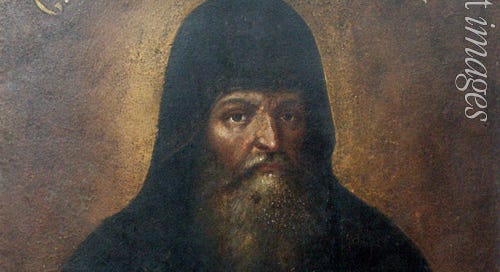
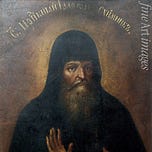



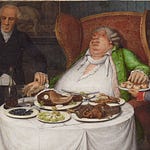


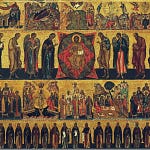


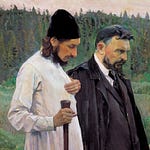

Share this post